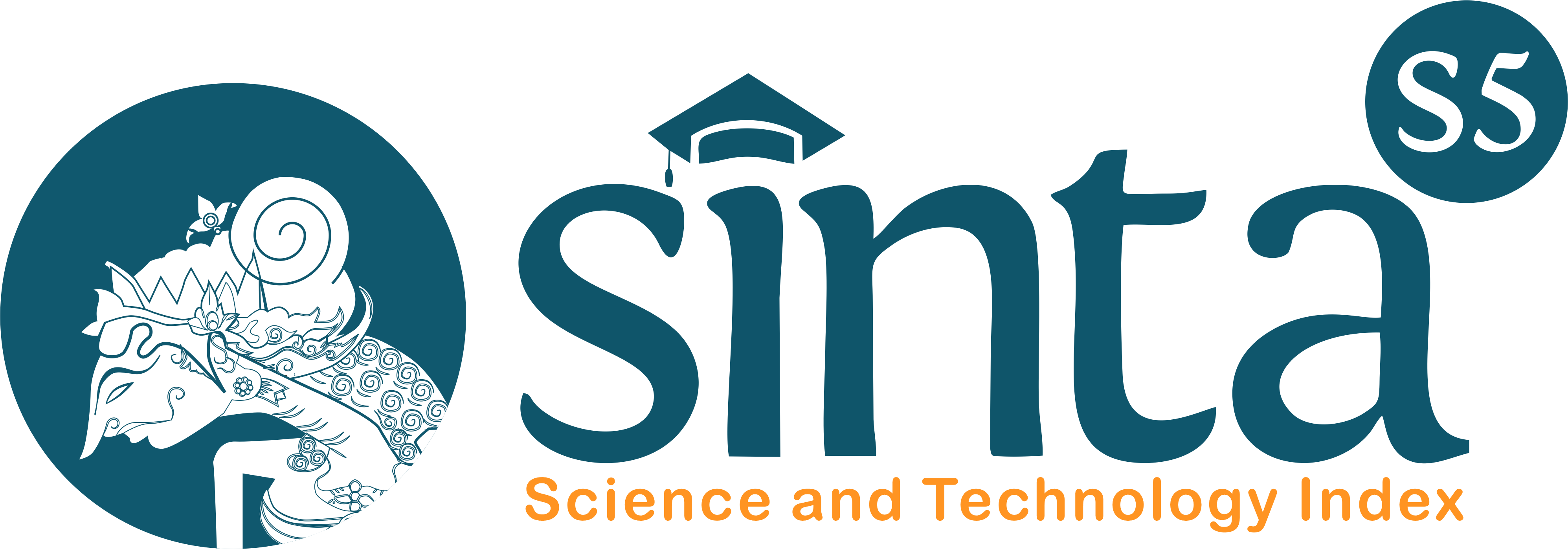Alsubaie, M. M.,Stain, H.J., Webster, L. A. D., & Wadman, R.(2019).The role of sources of social support on depression and quality of life for university students. International Journal of Adolescence & Youth, 24(4), 484496. https://doi.org/10.1080/02673843.2019.1568887
Beesdo, K., Knappe, S., & Pine, D. S. (2009). Anxiety and anxiety disorders in children and adolescents: Developmental issues and implications for DSM-V. Psychiatric Clinics of North America, 32(3), 483-524 https://doi.org/10.1016/j.psc.2009.06.002
Chinawa, J. M., Manyike, P.C., Obu, H. A., Aronu, A. E., Odutola, O., & Chinawa , A. T.
(2015). Depression among adolescents attending secondary schools in South East Nigeria. Annals of African Medicine,14(1),46-51
https://doi.org/10.4103/1596-3519.148737
Engel, G.. L. (1977).The Need for a New Medical model:a Challenge for Biomedicine.Science,196(4286),129-136 https://doi.org/10.1126/science.847460
Esan , O., & Esan, A.(2016).Epidemiology and burden of bipolar disorder in Africa: A systematic reviewof data from Africa. Social Psychiatry & Psychiatric Epidemiology,51(1),93-100 https://doi.org/10.1007/s00127-015-1091-5
Fakrogha, B. E. (2023). Nomophobia, anxiety and depression as correlates of quality of life among undergraduate students of the University of Ibadan, Nigeria. BSc. project submitted to the Department of Psychology, University of Ibadan, Nigeria. Pp I + viii, 1-123.
Gan, G. G., & Yuen Ling, H.(2019).Anxiety, depression and quality of life of medical students in Malaysia. The Medical journal of Malaysia, 74(1), 57-61.
Ghaedi, G. H., Tavoli, A., Bakhtiari, M., Melyani, M., & Sahragard, M. (2009). Quality of life
in college students with and without social phobia. Social Indicators Research, 97(2),
-256 https://doi.org/10.1007/s11205-009-9500-3
Glickman, A. R., & La Greca, A. M.(2004).The Dating anxiety scale for adolescents: Scale
development and associations with adolescent functioning. Journal of Clinical Child
& Adolescent Psychology, 33 (3),566-578 https://doi.org/10.1207/s15374424jccp330 3 14
Keller M.B. (2006).Social anxiety disorder clinical course and outcome: review of Harvard/Brown Anxiety Research Project (HARP) findings. The Journal of Clinical Psychiatry, 67 Suppl. 12, 14-19.
Korkmaz, S., Kazgan, A., Çekiç, S., Tartar, A. S., Balci, H. N., & Atmaca, M. (2020).The anxiety levels, quality of sleep and life and problem-solving skills in healthcare workers employed in COVID-19 services. Journal of Clinical Neuroscience, 80,131-136 https://doi.org/10.1016/j.jocn.2020.07.073
La Greca, A. M., & Harrison, H.M.(2005). Adolescent peer relations, friendships, and
romantic relationships: Do they predict social anxiety and depression? Journal of
Clinical Child &Adolescent Psychology, 34(1),49-6.
https://doi.org/10.1207/s15374424jccp34015
Liu, Q.,He,H., Yang, J., Feng, X., Zhao, F., & Lyu, J. (2020). Changes in the global burden of
depression from 1990 to 2017: Findings from theGlobal Burden of Disease
study Journal of Psychiatric Research,126,134-140
https://doi.org/10.1016/j.jpsychires.2019.08.002
Marcus, M. L., Yasamy, M.T., Van Ommeren, M., Chisholm, D.J., Saxena, S. K.,Yasamy, M.T.,M,V.M., Van Ommeren, M., & Chrisholm, D.(2012). Depression: A global public health concern [Dataset]. In Psyc EXTRA Dataset https://doi.org/10.1037/e517532013-004
Ratnani,I. J., Vala, A. U., Panchal, B. N., Tiwari, D. S., Karambelkar, S. S., Sojitra, M.G.,& Nagori, N. N. (2017). Association of social anxiety disorder with depression and quality of life among medical undergraduate students. Journal of Family Medicine and Primary Care,6(2),243-248 https://doi.org/10.4103/2249-4863.219992
Stringaris, A. (2017).Editorial: What is depression? Journal of Child Psychology and
Psychiatry, 58 (12),1287-1289 https://doi.org/10.1111/jcpp.12844
Tekinarslan, E.(2017).Relationship between problematic internet use, depression and quality of life levels of Turkish university students. Journal of Education and Training Studies,5(3),167 https://doi.org/10.11114/jets.v5i3.2238
The WHOQOL GROUP. (1998). Development of the World Health Organization WHOQOL-BREF Quality of Life Assessment. Psychological Medicine, 28(3),551-558 https://doi.org/10.1017/s0033291798006667
Yalemwork, G. (2015). Depression among Addis Ababa University students Sidist Kilo Campus: Prevalence, gender difference and other associated factors. Addis Ababa University.
Zigmond, A. S., & Snaith, R.P.(1983).The hospital anxiety and depression scale. Acta
Psychiatrica Scandinavica,67(6),361-370
https://doi.org/10.1111/j.1600-0447.1983.tb09716.x

 (University of Ibadan)
(University of Ibadan) 








.png)









